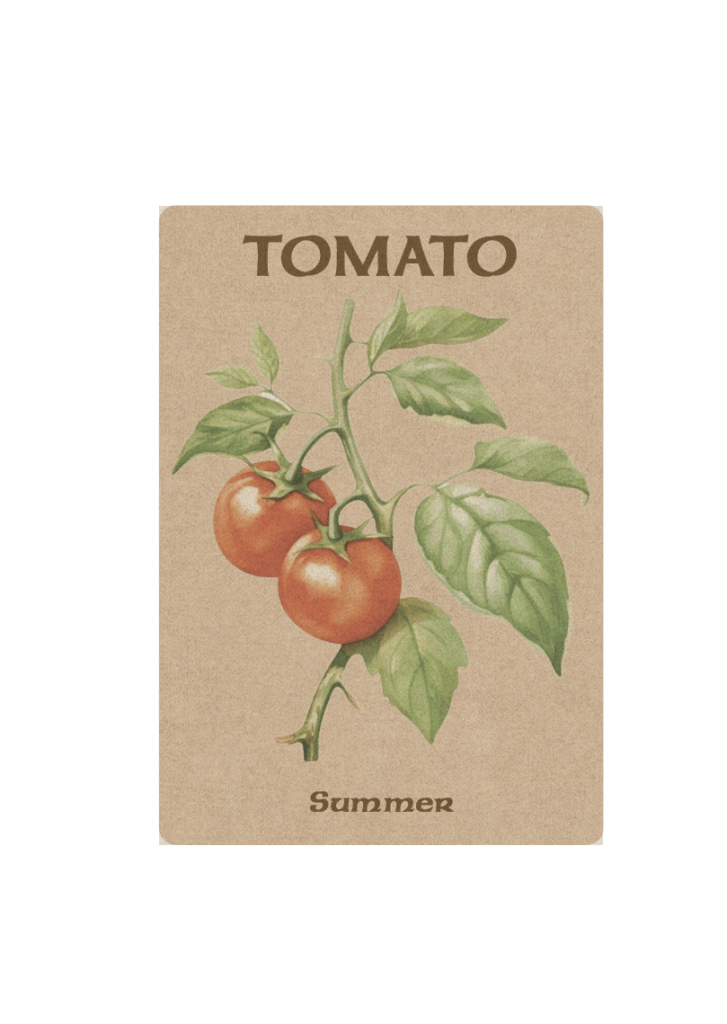In Your Opinion what should every game have? Why do you like your favorite game?
In my opinion, every game should have obtainable goals/achievements that intrigues and entices any given player. When I think about games I don’t enjoy, I reflect on objectives that are not pleasurable to chase, or that the route to achieve them leaves things to be desired. Thus, I hold high value in the experience of what the game asks me to do. My favorite game, Stardew Valley, stays true to this testament. Within the game, there are varying routes you can take to accomplish different tasks and master different skills. It hands the user the freedom to decide what they want to pursue, and constantly switches up experiences as to not make gameplay stale.
List the games you have played or currently Play.
To the best of my knowledge:
Tabletop: Apples to apples, Blokus, life, Scattergories, Sequence, Taboo, Ticket to Ride, Pandemic, Cartographers, Splendor, Telestrations, Wingspan, Codenames, Rummikub, Mysterium, Catan, Sushi go.
Digital: Cooking Mama, Gardening Mama, Nintendogs, Wii sports, Just Dance, Minecraft, Do Starve together, Stardew Valley, The Sims, Among Us, Jackbox, Leauge Of Legends, Valorant, It Takes Two.
Can you apply the three-act structure to your favorite game? What is its pacing and how long do you find yourself in each act?
Stardew Valley Is a game that allows the player to go at their own pace. Tasks have no set timeline, so users can choose how swiftly or leisurely they want to go about completing them.
Applying the three-act structure to my favorite game, Stardew Valley, It breaks down as follows:
Act 1 (Setup):
- Introduction: The player inherits a run-down farm from their grandfather in the quaint town of Stardew Valley. They leave their monotonous city life to start anew in the countryside.
- Inciting Incident: Upon arrival, the player meets the townsfolk and learns about the challenges of restoring their new farm. They also discover the looming threat of the Joja Corporation, which is trying to take over the local community center.
Act 2 (Confrontation):
- Rising Action: The player begins to cultivate their farm, plant crops, raise animals, and explore the town. They build relationships with the townspeople and participate in community events. Throughout this time, they face various obstacles such as harsh weather, financial struggles, and the need to upgrade their tools and facilities.
- Midpoint: The player discovers the mystical side of Stardew Valley, including the presence of the Junimos, magical creatures that can help restore the community center. This revelation adds a new layer of depth to their mission, as they now have to collect specific items to complete bundles and restore the center.
Act 3 (Resolution):
- Climax: The player works diligently to complete all the bundles, facing the final push to gather the remaining items. This often involves overcoming the most challenging aspects of farming, mining, fishing, and foraging.
- Resolution: Once the community center is fully restored, the town celebrates, and the Joja Corporation’s influence diminishes. The player has successfully revitalized the farm and the town, forming lasting bonds with the townsfolk and creating a thriving, self-sustaining community. The game allows for continued play, but the main narrative arc concludes with the restoration of the community center and the defeat of Joja Corp.
When coming up with ideas where do you find your start, with the metaphor or the mechanics?
When drafting ideas, I tend to find my start with a metaphor; a symbolic/imaginative concept. Before I can delve into the inter-workings and mechanics of my idea, I find I first must start with a metaphorical image or theme I want to explore.
Over the course of this semester, who would you like to collaborate with and why?
During the course of this semester, I would enjoy the opportunity to collaborate with Evelyn. I enjoy her work and style and would be interested to see how we could collaborate with one another to work toward a common goal.



